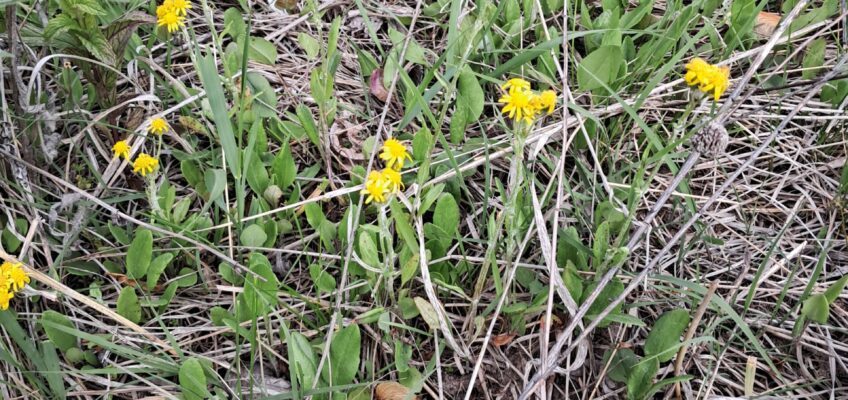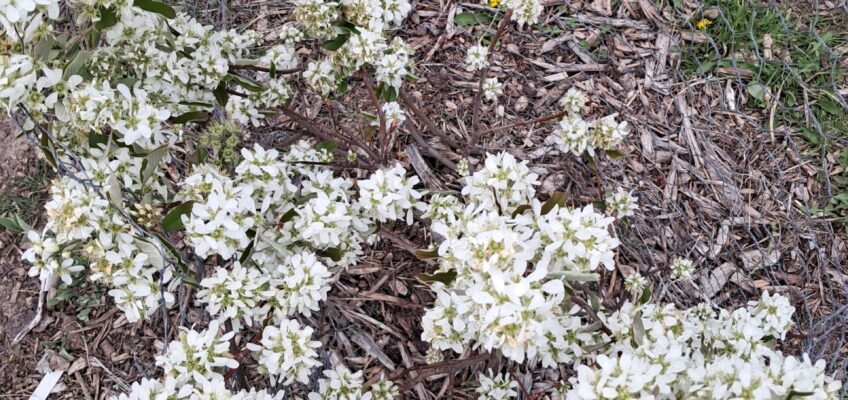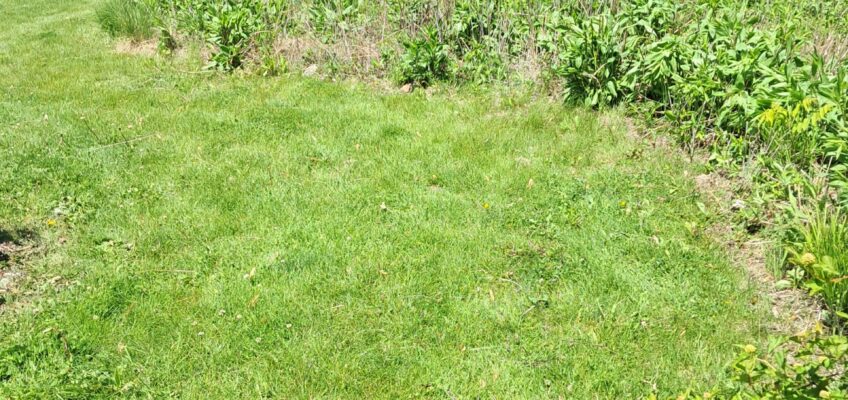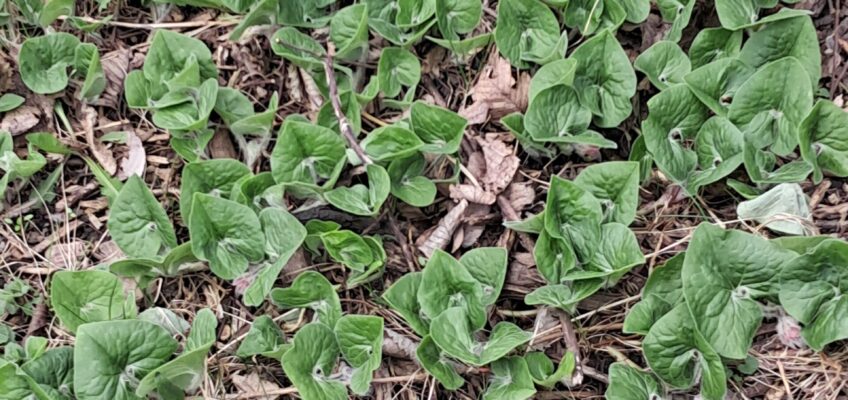
Happy Spring! Our stalwart volunteers have made a very good start to some
spring cleaning at the Gardens. We have just recently cut back a very tall, thick
collection of dead flower stalks from last fall and winter. Being mindful of possible
hibernating pollinators, we left several inches, up to 1 to 2 feet, of dead stalks
standing. The cut stalks were piled on bare areas along the side fence, where any
insects can survive, and any stray seeds can take hold. There is now lots of new
growth and some new blooms that can be seen!

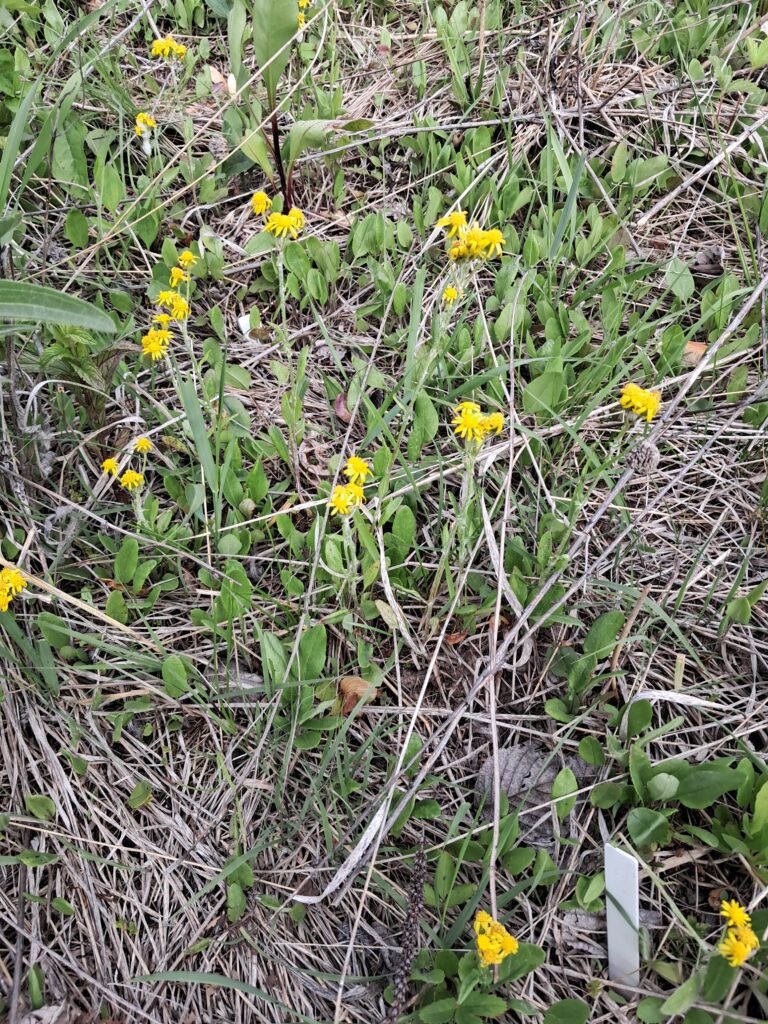
A few Prairie Smoke blooms have been spotted in the main pollinator garden,
along with blooms of Golden Alexanders, Jacob’s Ladder, wild strawberry, and
Groundsel (Ragwort). Ragwort is a native wildflower that came in as a volunteer,
and has cheerful early yellow blooms on a 6 to 12 inch stalk. It seems to like the
very sunny dry area of the garden. The new stalks of White Baptisia in the rain
garden look a little like asparagus spears!
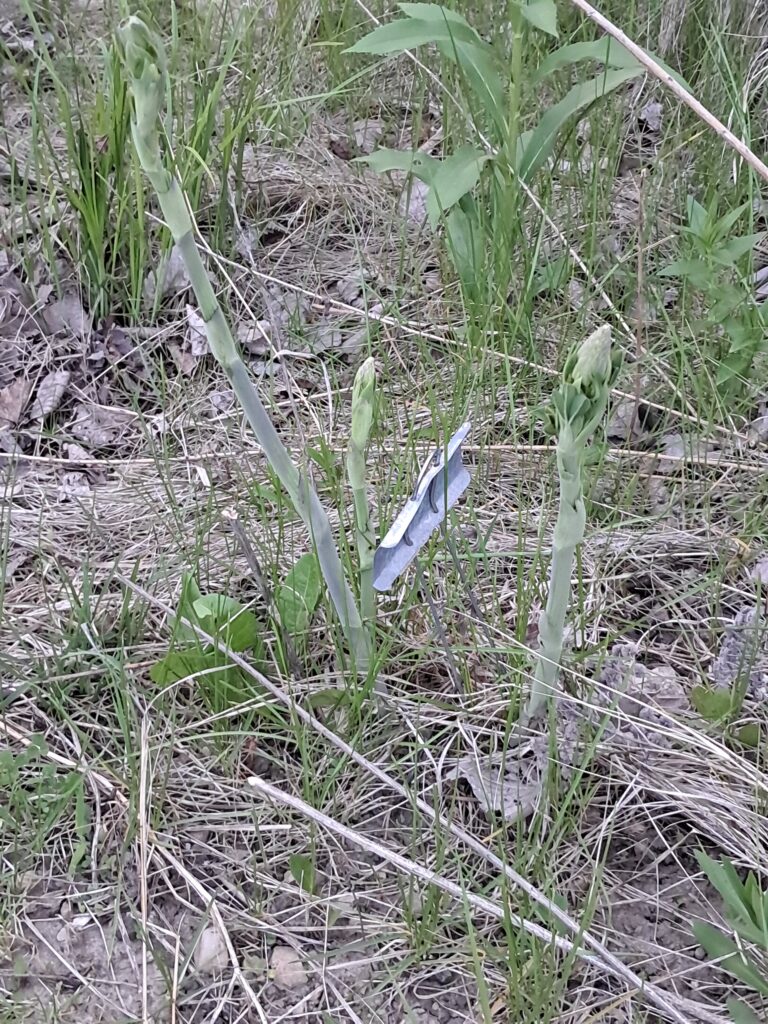
The shade-tolerant early blooming plants made for a great show along the back
fence. These included Virginia Bluebells, Canada white violets, Bloodroot,
Dutchman’s Breeches, Wild Geranium and Wild Ginger. Most of these were
transplanted from my yard two years ago, and seem to be thriving. In a somewhat
sunnier area in the back corner, Mayapple, Bloodroot, Giant Purple Hyssop, and
Wild Geranium are doing well, although subject to pruning by rabbits. One goal
for these back areas is to provide nectar and pollen resources for Bumble bees
and other pollinators during the early part of the year when blooms are not as
plentiful.

In the Rain Garden, the Pussy Willow that was new two years ago is putting on
some good growth. A second willow has come in as a volunteer, perhaps a Bebb’s
Willow. Salix, the willow genus, is known for being a host plant for many moth
and butterfly species. Douglas Tallamy, entomologist and noted advocate for
planting natives to sustain wildlife, ranks willows as second only to oaks for being
hosts to many species of moths and butterflies, including viceroys, mourning
cloaks, red-spotted purples, and sphinx moths. I highly recommend Tallamy’s
books, “Bringing Nature Home”, “The Nature of Oaks” and “Nature’s Best Hope”
for inspiration and guidance on planting natives.
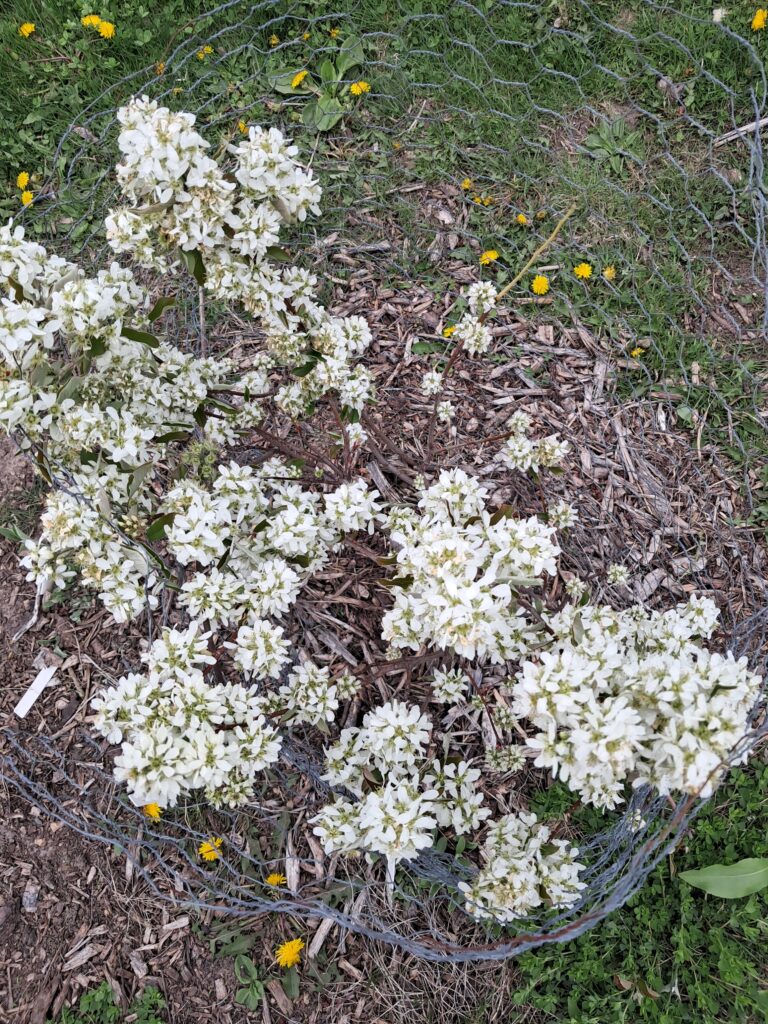
The Ninebark shrubs are starting to bloom and will be quite showy. Cranberry
Viburnum are also starting to bloom. The Serviceberry shrubs were covered with
blooms a few weeks ago, and will hopefully produce berries that the songbirds
will feast on.
We will be adding some new plants soon, and also taking care of a few noxious
weeds. We can always use more helpers! Anyone is welcome to be added to the
volunteer email list. Contact me (Carol) via email: area6@cmnna.org


